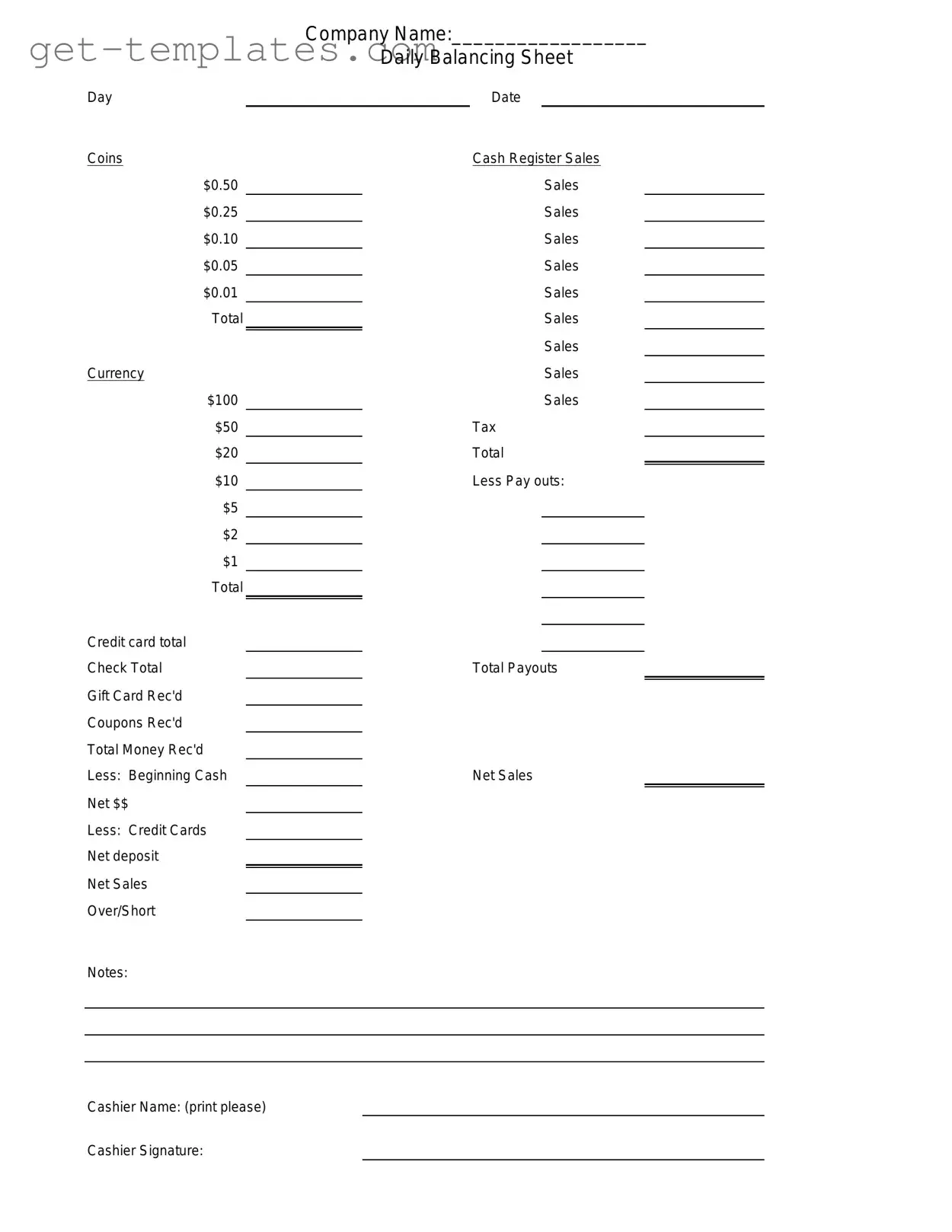Fill in a Valid Cash Drawer Count Sheet Template
The Cash Drawer Count Sheet is a tool used by businesses to track the amount of cash in their registers at the end of a shift or day. This form helps ensure accuracy in cash handling and provides a clear record for reconciliation. By maintaining this sheet, businesses can identify discrepancies and improve financial accountability.
Get Document Online

